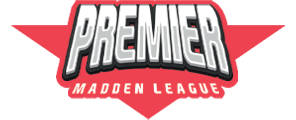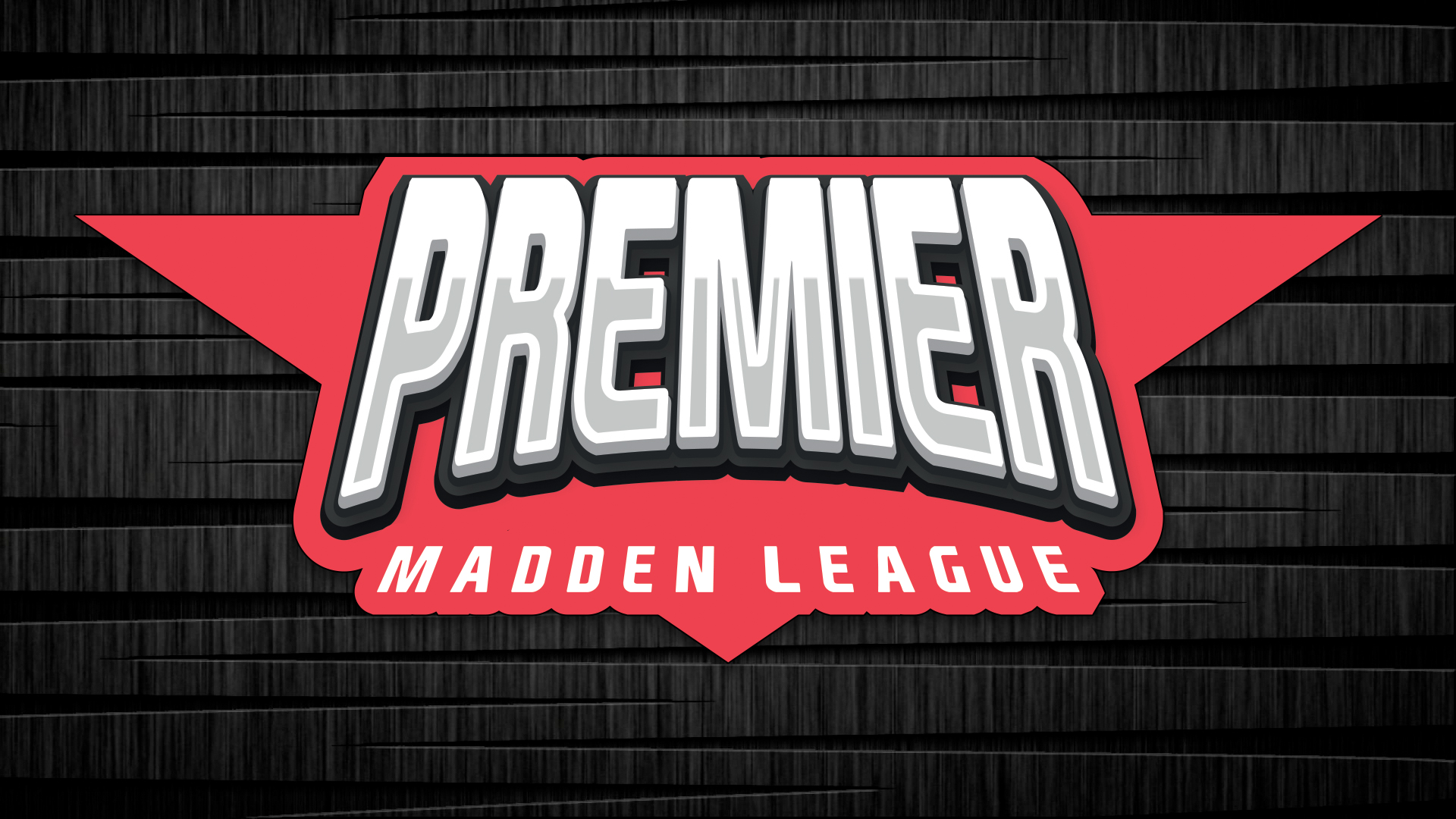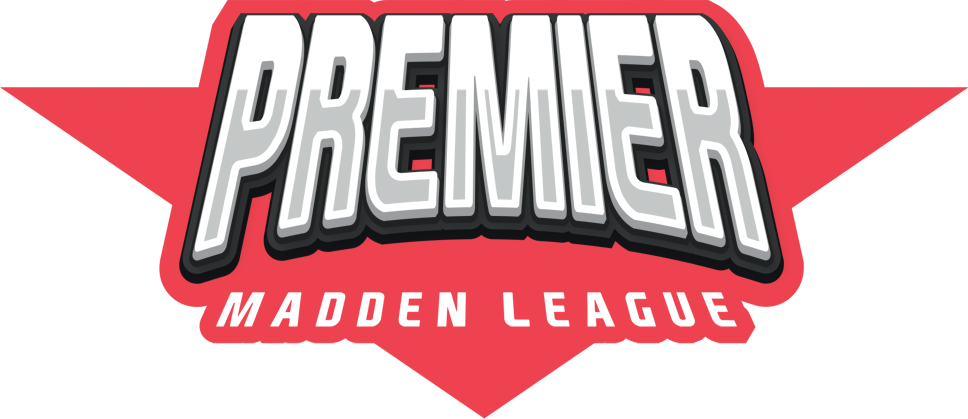When Head Coach Cody Hirsch walked into the locker room after the Cowboys’ 56–35 win over the Los Angeles Chargers, he didn’t talk about numbers, stats, or highlight throws. He looked at his offensive line, then at his running backs — and simply said:
“That’s Dallas football.”
In a league built around quarterback showcases and high-flying passing attacks, the Cowboys have quietly rediscovered something timeless — a punishing, balanced, and unpredictable ground game. It’s not one star carrying the load, but a rotation built on rhythm, chemistry, and contrast:
Javonte Williams, Jaydon Blue, and Phil Mafah.
Three different runners. One shared mission.
And after a season of inconsistency, they’ve become the heartbeat that’s keeping the Cowboys’ playoff hopes alive.
The Turning Point
For weeks, Hirsch and offensive coordinator Brian Schaefer had been preaching balance. The passing game — led by young QB Joe Milton III and the star duo of CeeDee Lamb and George Pickens — could light up scoreboards. But Hirsch knew that to win in December, the Cowboys had to take control of games up front.
“We’d been explosive,” Hirsch explained. “But we weren’t dictating. We were reacting. I wanted to get back to our identity — smart, physical football where we impose our will.”
That shift started three games ago. In team meetings, running backs coach D’Andre Thompson stood in front of the group and wrote three words on the whiteboard:
Thunder. Lightning. Balance.
It was the blueprint. Williams would be the thunder, Blue the lightning, and Mafah the balance that kept it all glued together. The message was simple: share the load, share the glory.
Javonte Williams: The Heartbeat
Inside the locker room, Javonte Williams doesn’t talk much — he doesn’t need to. His play does the talking.
The veteran back’s style is old-school: downhill, violent, and relentless. Against the Chargers, he posted 10 carries for 108 yards, averaging 10.8 yards per carry, bouncing off defenders and dragging tacklers for extra yardage.
On the first offensive series, Dallas lined up in a tight I-formation — something they hadn’t shown in weeks. Williams took the handoff, lowered his shoulder into a linebacker, and rumbled for 17 yards. The sideline erupted.
“That run set the tone,” said Tyler Smith, the left tackle who paved the way. “You could feel the energy change after that. It told the defense — we’re not playing finesse ball tonight.”
Williams’ leadership goes beyond his stat line. He’s the one reminding the rookies — Blue and Mafah — about protections, keys, and patience. After every drive, he’s back at the tablet with his linemen, dissecting fronts and sharing what he sees.
“That’s a leader,” said Hirsch. “He doesn’t just run hard; he teaches. He brings that toughness this team feeds off.”
When Williams hits the line of scrimmage, defenders feel it. When he gets rolling, the Cowboys’ offense transforms into a bruising, clock-controlling force.
Jaydon Blue: The Spark
If Williams is the steady drumbeat, Jaydon Blue is the electric guitar solo — unpredictable, explosive, and capable of changing the game in one play.
Against Los Angeles, the rookie dazzled again, posting 5 carries for 104 yards and a touchdown, including a jaw-dropping 67-yard breakaway that had the crowd on its feet before he even hit midfield.
It wasn’t just speed. It was vision — seeing the backside cutback develop behind a double team from Tyler Booker and Cooper Beebe, then accelerating through daylight like a missile.
“You see the hole and you just go,” Blue said postgame, smiling. “I trust those big guys. Once they get that wall sealed, I know it’s on me to make it count.”
The locker room has embraced Blue’s swagger. The rookie walks with a confidence earned by production, not ego. His teammates call him “Flash,” but Hirsch calls him something else — the difference maker.
“He’s got that spark,” Hirsch said. “Every time he touches the ball, everyone on our sideline stands up. You can’t coach that kind of energy.”
Blue’s evolution from a rotational player to a core weapon has mirrored Dallas’ late-season rise. He’s learned to handle blitz pickups, run inside zones, and finish plays with power. And as he continues to grow, so does the Cowboys’ offensive ceiling.
Phil Mafah: The Anchor
In a backfield full of fireworks, Phil Mafah is the quiet stabilizer. His stats — 5 carries for 31 yards — might not jump off the page, but his role is far bigger than the numbers. Mafah is the finisher, the tone-setter in short-yardage situations, and the guy Hirsch trusts most when the Cowboys need to close a drive.
Late in the second quarter, facing third-and-two, Hirsch went to a heavy set. Mafah took the handoff, cut behind Beebe’spull block, and muscled his way forward through contact for a four-yard gain. It didn’t make the highlight reel, but it told the Chargers exactly what kind of night they were in for.
“He’s the muscle,” said center Cooper Beebe. “When Phil comes in, it’s business. No dancing, no hesitation. Just power and purpose.”
Mafah’s presence has also allowed Hirsch to manage workloads more efficiently. Instead of leaning heavily on one back, Dallas can rotate three fresh legs and keep defenders guessing.
“We’ve got three guys who complement each other perfectly,” Hirsch said. “And that’s what makes it work. They feed off each other.”
The Wall Up Front
The resurgence of Dallas’ ground game begins where it always does — in the trenches.
The offensive line has quietly become one of the most cohesive units in the NFC, anchored by Tyler Smith, Tyler Booker, and Cooper Beebe. Together, they’ve re-established the physical dominance that once defined Cowboys football.
Film review shows just how synchronized this unit has become. Smith’s reach blocks set the edge, Booker’s pulls explode open lanes on counter runs, and Beebe’s IQ at center keeps communication flawless against blitz looks.
“Those guys don’t get enough credit,” Williams said. “You can’t run for 240-plus unless the line’s moving bodies. They’re the real MVPs.”
Even the wideouts have bought into Hirsch’s “all-in on contact” mentality. George Pickens and Jonathan Mingo were instrumental in sealing perimeter blocks on Blue’s touchdown run — proof of the full-team commitment to establishing dominance on the ground.
Film Room Friday: How It’s Built
During Friday’s film session before the Chargers game, Hirsch showed his team clips from the 1990s Cowboys — the dynasty years. He paused on a scene of Emmitt Smith running behind a pulling Larry Allen and told his players,
“This isn’t about history. It’s about identity. This is who we’re supposed to be.”
That struck a chord.
The next day, Williams led the backs in a pregame walkthrough, echoing Hirsch’s words. Blue and Mafah listened as Williams broke down protections and angles — a veteran mentoring the future in real time.
“That’s how culture gets built,” Hirsch said later. “When the vets teach, when the young guys buy in — that’s when you become a real team.”
Playoff Implications: Controlling Their Destiny
With the win, Dallas improved to 9–6, staying firmly in the NFC playoff hunt. The formula is now crystal clear: control the clock, lean on the run, and let Milton’s efficiency off play-action finish drives.
In their last three games, Dallas’ run-pass ratio has swung heavily toward balance, and the results speak for themselves — three wins, over 600 combined rushing yards, and a renewed sense of confidence.
“We’re not hoping anymore,” said Hirsch. “We’re dictating. That’s the difference.”
As the postseason looms, every possession matters, every drive defines seeding, and every yard counts. Hirsch knows that the road to January success doesn’t run through finesse — it runs through toughness.
And now, his backfield embodies exactly that.
Inside the Locker Room: Brotherhood in Motion
After the win over the Chargers, the three running backs sat side-by-side at their lockers, still in uniform, still smiling. Williams had an ice pack on his shoulder, Blue was scrolling through highlights on his phone, and Mafah — quiet as always — just nodded when teammates congratulated him.
“We’re three different dudes,” Blue said with a laugh. “But we play for each other. That’s what makes it special.”
Across the room, Hirsch watched from a distance, smiling. For all the talk about quarterbacks and stars, it’s the chemistry of this group — forged in film rooms and in the grind of practice — that might end up defining Dallas’ 2025 season.
Final Word: The Identity Returns
It’s been years since the Cowboys felt this kind of balance — a blend of smashmouth grit and modern creativity. And with Williams’ leadership, Blue’s explosiveness, and Mafah’s consistency, the Cowboys have rediscovered something that can’t be game-planned away: identity.
“This is who we are now,” Hirsch said. “Three backs, one heartbeat. That’s Cowboys football.”
As the team eyes the postseason, that heartbeat grows louder each week — echoing through the locker room, vibrating through the trenches, and shaking every defense that dares line up across from them.
The Three-Headed Monster isn’t just a nickname anymore.
It’s a warning.



